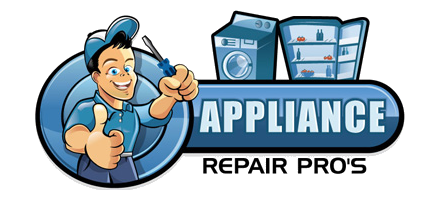Keeping Your Samsung Fridge Cool: Expert Repair from Port St. Lucie Appliance Repair
Samsung refrigerators, known for their innovative features and sleek designs, are a staple in many Port St. Lucie homes. However, even the most advanced appliances can experience malfunctions. When your Samsung refrigerator starts acting up, you need a reliable and experienced repair service to get it back to optimal performance. That’s where Port St. Lucie Appliance Repair comes in, offering expert Samsung refrigerator repair with a focus on promptness and professionalism.
Our team at Port St. Lucie Appliance Repair understands the intricacies of Samsung refrigerators. We are well-versed in diagnosing and repairing a wide range of issues, from cooling problems and water leaks to malfunctioning ice makers and control board failures. We know that a broken refrigerator can lead to spoiled food and significant inconvenience, so we prioritize fast and efficient service to minimize downtime.
One of the most common problems Samsung refrigerator owners face is inconsistent cooling or a complete lack of cooling.1 This can be caused by a variety of factors, including a faulty compressor, a malfunctioning evaporator fan, or a problem with the defrost system. Our technicians are trained to quickly identify the root cause of the issue and provide the necessary repairs.
Samsung refrigerators are renowned for their advanced ice maker systems, but these can also develop problems over time.2 Common issues include ice maker leaks, ice buildup, and the ice maker failing to produce ice. Our experts at Port St. Lucie Appliance Repair have extensive experience in repairing Samsung ice makers, ensuring that you have a steady supply of ice for your family.
Samsung Refrigerator Repair | Port St. Lucie | (772) 501-9870
Samsung Ice Maker Specifics:
Samsung ice makers, particularly those in their newer models, utilize sophisticated sensor and motor systems. When these components malfunction, it can lead to a variety of issues. For example, a faulty water inlet valve can cause leaks, while a defective motor can prevent the ice maker from dispensing ice. Our technicians are equipped with the specialized tools and knowledge needed to address these specific problems.
Another frequent problem with Samsung refrigerators is water leaks.3 These leaks can originate from the water line, the ice maker, or the defrost drain. Our technicians are skilled in identifying the source of the leak and providing lasting solutions. We understand the importance of preventing water damage to your home, so we prioritize thorough and effective repairs.
Control board issues are also common in modern Samsung refrigerators. These boards regulate the various functions of the appliance, and when they malfunction, it can lead to a variety of problems, including temperature fluctuations and erratic behavior.4 Our technicians have the expertise to diagnose and repair control board issues, ensuring that your refrigerator operates smoothly.
At Port St. Lucie Appliance Repair, we believe in providing transparent and honest service. We offer upfront estimates and explain the repair process in detail, so you know exactly what to expect. We also use only genuine Samsung parts to ensure the quality and longevity of our repairs.
Port St. Lucie Samsung Refrigerator Service | (772) 501-9870
Why Choose Port St. Lucie Appliance Repair?
- Experienced Technicians: Our team has extensive experience in repairing Samsung refrigerators.
- Prompt Service: We understand the urgency of refrigerator repairs and strive to provide same-day or next-day appointments.
- Genuine Parts: We use only genuine Samsung parts for all repairs.
- Transparent Pricing: We provide upfront estimates and fair pricing.
- Customer Satisfaction: We are committed to providing excellent customer service and ensuring your satisfaction.
- Local Expertise: As a local business, we understand the needs of Port St. Lucie residents.
Samsung Ice Maker Repair | Port St. Lucie | (772) 501-9870
When your Samsung refrigerator breaks down, don’t hesitate to call Port St. Lucie Appliance Repair at (772) 501-9870. We’re here to provide fast, reliable, and professional repair services to keep your food fresh and your kitchen running smoothly. We are your local experts for Samsung refrigerator and Samsung ice maker repair.
